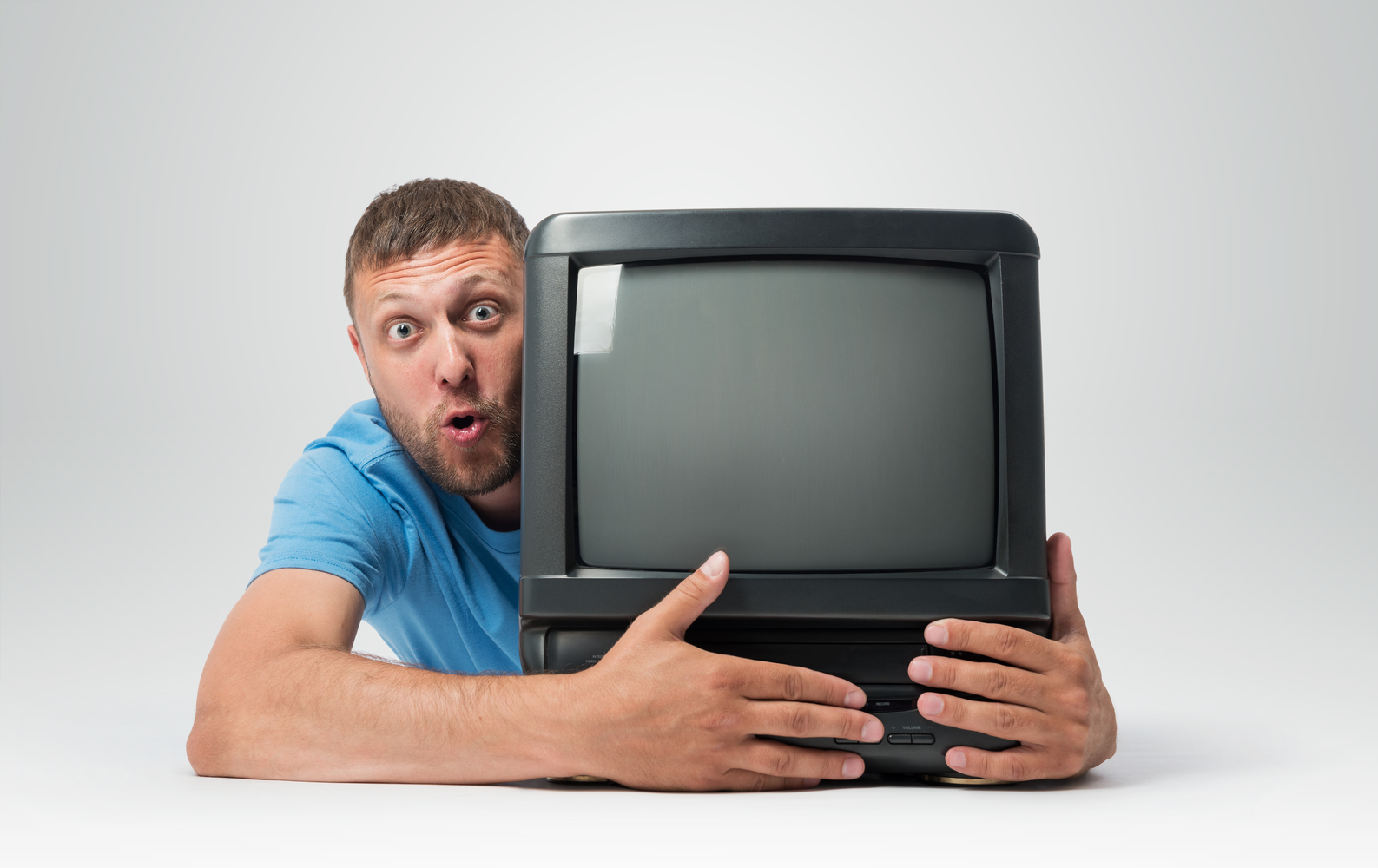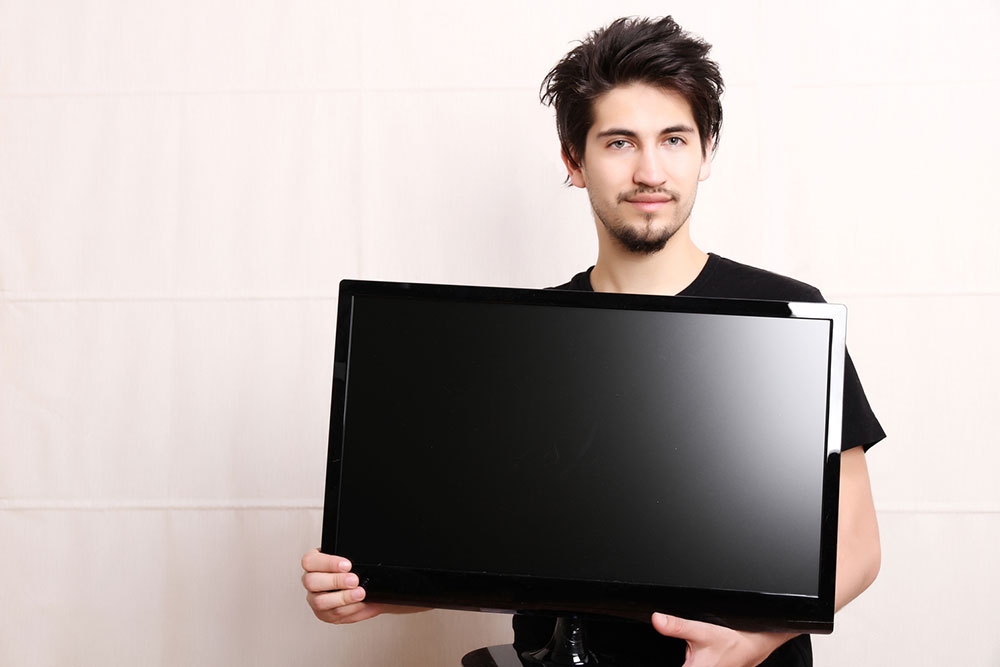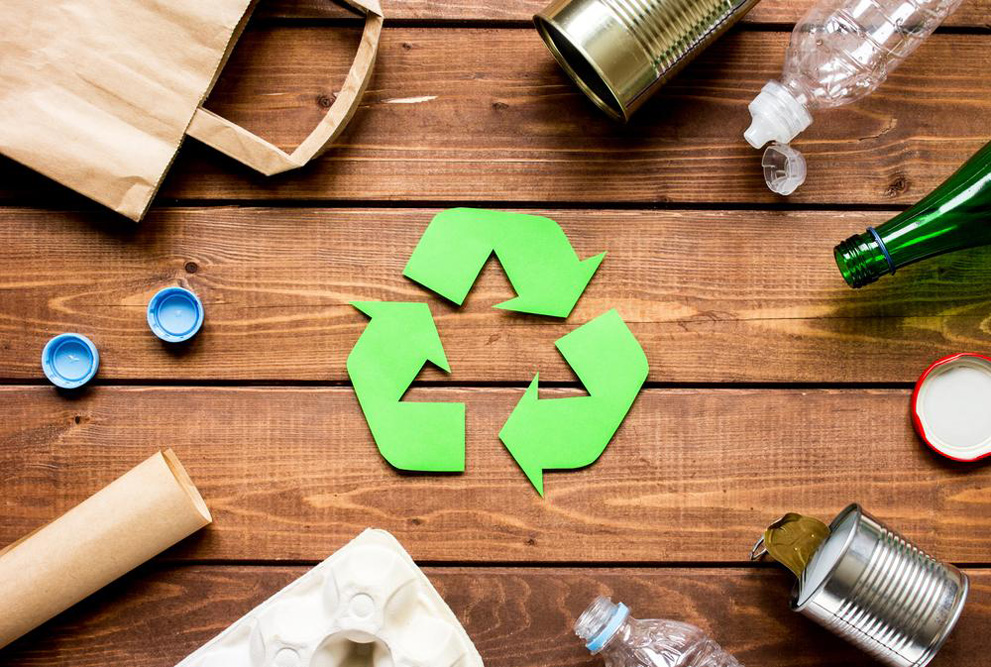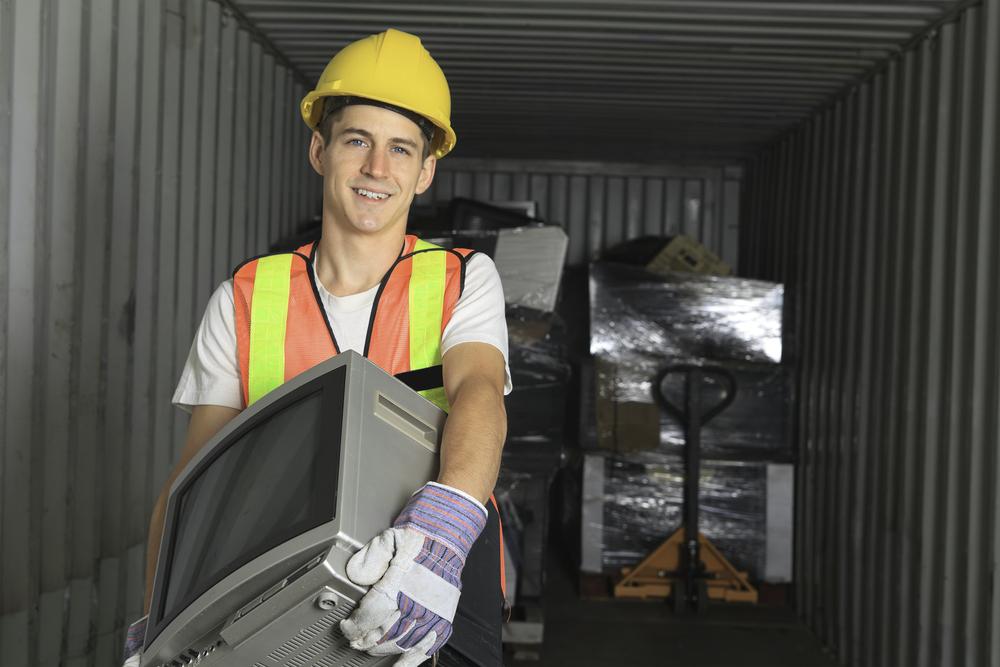Guidelines for Recycling Large Electronic Devices
Learn effective methods to recycle large electronics responsibly. This guide highlights key procedures, safety tips, and available recycling options for items like TVs, copiers, and other bulky devices. Proper e-waste disposal reduces environmental hazards, conserves valuable materials, and promotes sustainable practices. Discover where to donate, recycle, or responsibly dispose of outdated electronics, ensuring the protection of health and the environment. By following these guidelines, consumers can contribute to eco-friendly waste management and support responsible industry practices.

Guidelines for Recycling Large Electronic Devices
How can you responsibly recycle large electronics?
As electronic devices become more affordable and widespread, electronic waste (e-waste) has surged, creating a critical environmental challenge. Proper disposal and recycling of bulky electronics like TVs and large appliances are essential for sustainability. Many people remain unaware of the correct procedures for recycling these items, especially secure disposal of items like televisions. Educating consumers and encouraging responsible practices are vital steps toward effective e-waste management.
What defines electronic waste or e-waste?
Electronic waste includes obsolete devices such as mobile phones, stereos, outdated computers, and televisions, collectively known as e-scrap or end-of-life gadgets.
Many of these items can be refurbished or recycled to recover valuable materials.
Why is recycling large electronics like TVs crucial?
Recycling electronics offers several environmental and resource-saving benefits, including:
Extraction of precious metals from e-waste provides a valuable raw material source, reducing need for mining.
Proper disposal helps manage the rapid growth of electronic waste caused by short product lifespans and industry expansion.
Electronic components often contain toxic substances like lead, mercury, cadmium, and chromium. Recycling ensures safe processing to prevent environmental contamination.
Which devices are categorized as large electronics?
Devices such as large office copiers, flat-screen and CRT televisions, high-volume printers, fax machines, and other sizable electronic gadgets are considered large electronics.
Preparing large electronics for recycling
Always remember that most electronic devices contain hazardous materials, especially older CRT TVs that hold significant toxins. Handle these with care during transportation.
If a device is damaged or cracked, exercise extra caution to prevent exposure.
Transport electronics to certified e-waste recycling facilities that follow environmentally responsible practices.
How to effectively recycle old or outdated electronics?
Recycling options depend on the local facilities available in your area.
Donating devices that are still functional can extend their lifespan.
Always erase personal data before donation or recycling.
Utilize official electronic recycling programs, corporate take-back initiatives, or dedicated recycling centers.
Cell phones and batteries are also recyclable through specialized programs, often provided by retailers or community centers.
Retailers often conduct periodic free collection events for old electronics; some may charge fees or limit accepted brands.
Community recycling centers and private companies frequently accept e-waste for responsible disposal.
Major stores offering electronic take-back services
AT&T
eBay
Sprint
T-Mobile
Dell
HP
Best Buy
Staples
Lexmark
Office Depot
In conclusion
If you want to properly dispose of old electronics, numerous options are available. You can choose recycling programs from private companies or donate your devices for refurbishment. Responsible e-waste management benefits the environment and conserves resources, making it a win-win approach.









